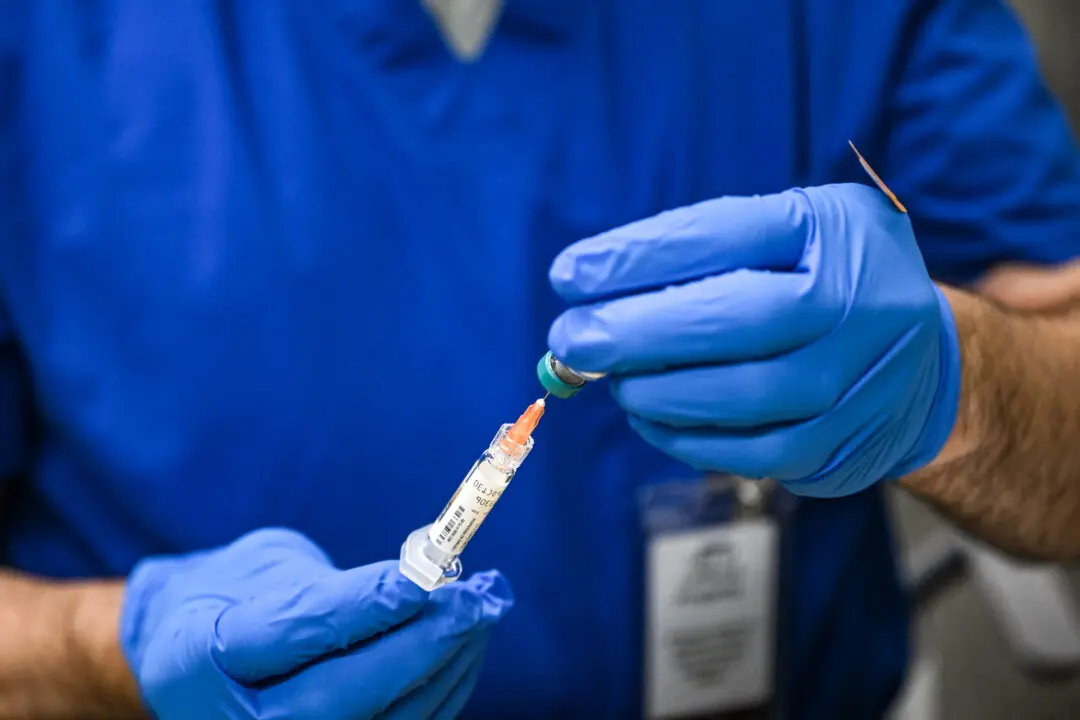A father appeared in court for allegedly murdering his son 21 years after the boy’s body was found under a billboard in North Carolina.
A crew cutting grass found the body under a billboard off I-85 in Mebane in 1998. They alerted authorities when they saw a skull near the woods, the Orange County Sheriff’s Office said in a press release earlier this year.





